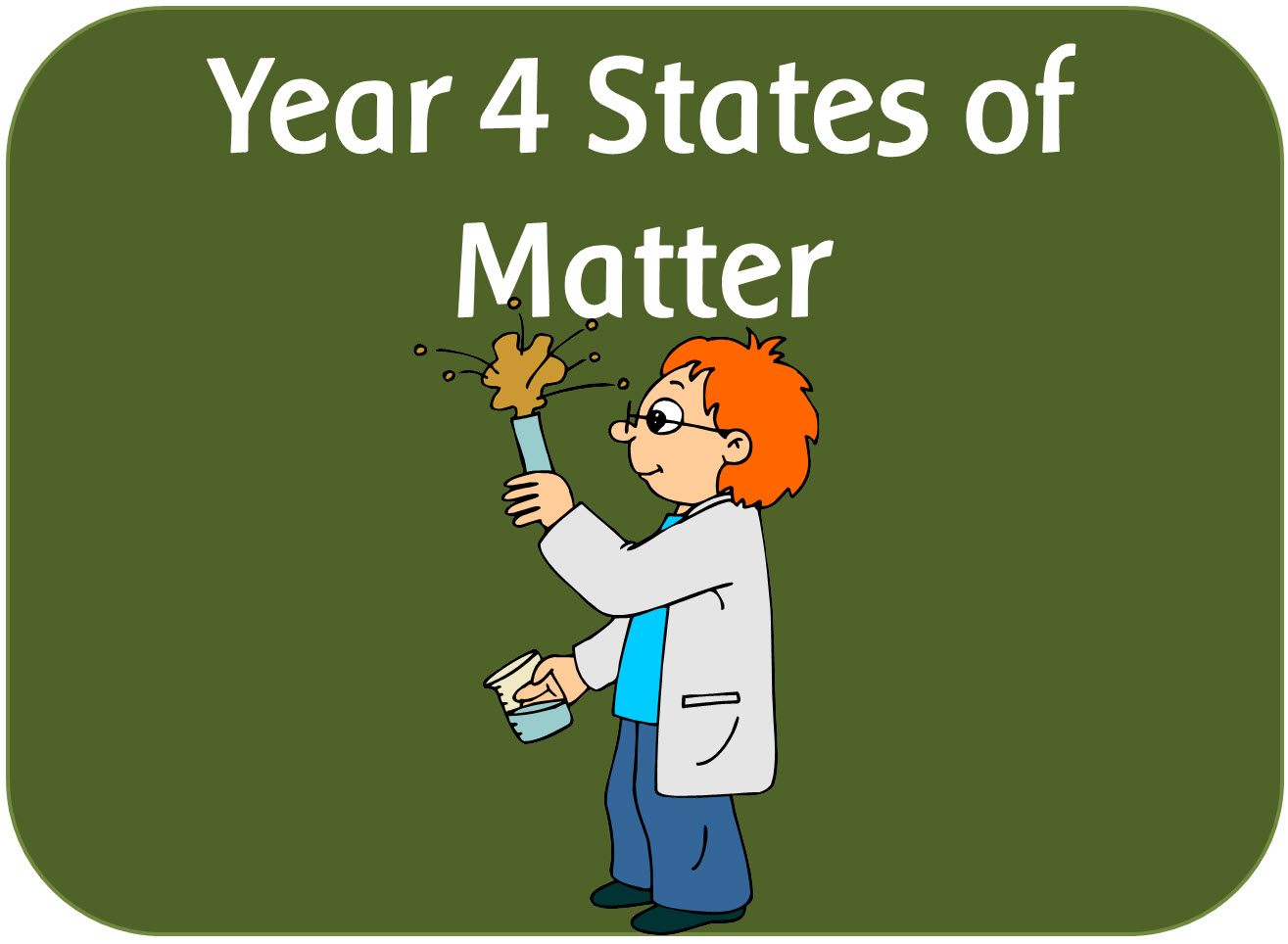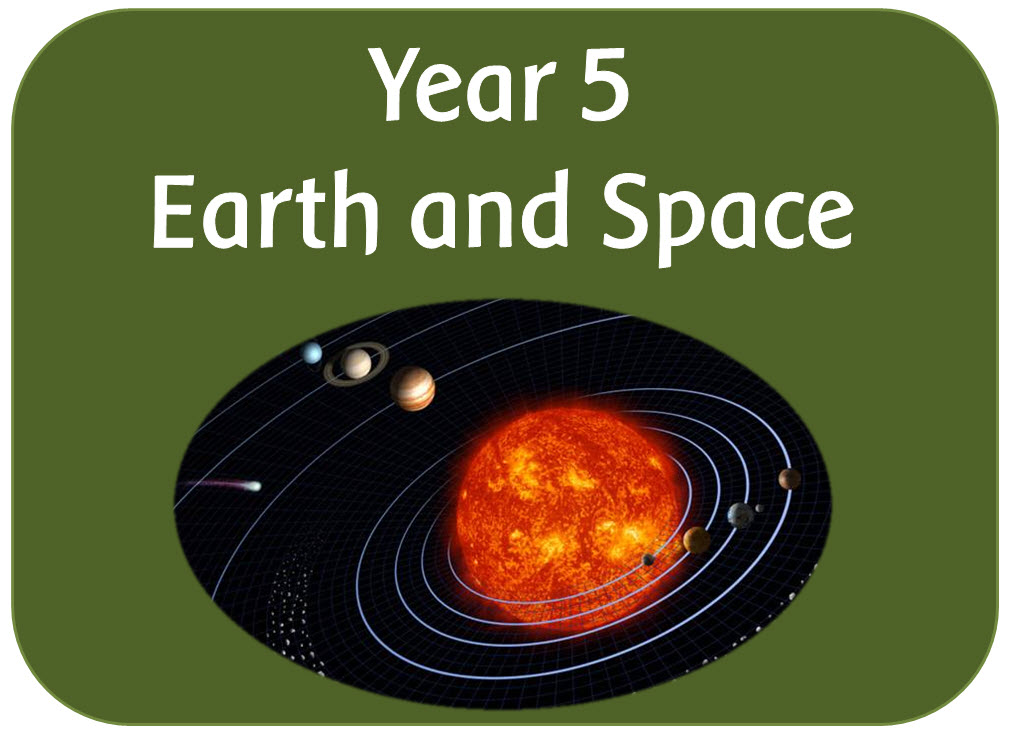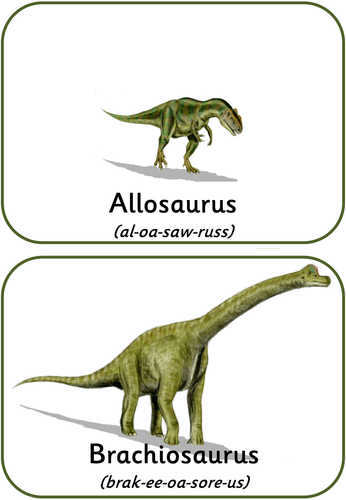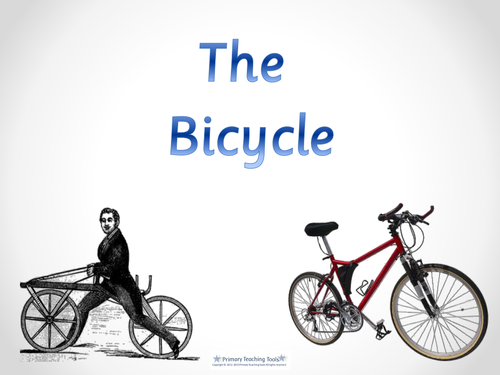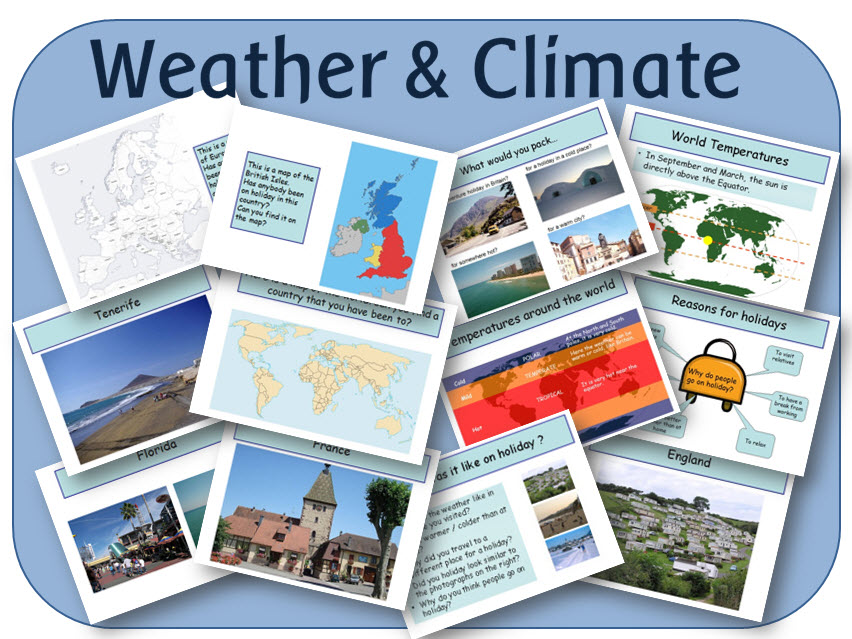
404Uploads
1066k+Views
681k+Downloads
Cross-curricular topics

EYFS / KS1 Ourselves and the five senses display pack
A pack of posters, vocabulary, headings, lettering and display borders:
Ourselves headings and titles:
Five Senses title: Prints onto 4 A4 sheets - can be used as a banner, or the letters can be cut out.
Ourselves lettering x2: 2 different versions of A-Z letters, both with pictures of children's faces.
Ourselves banner: Prints onto 2 A4 sheets, with a border of children's faces.
Ourselves border: With children's faces, to frame your display
Ourselves title: 2 A4 versions.
Ourselves Posters:
Body Parts: 17 A4 sheets, with title and vocabulary with pictures - eye, nose, ear, mouth, head, neck, shoulder, back, chest, arm, elbow, hand, leg, knee, ankle and foot. Also includes a title. (One version shows a skeleton outline, with arrows pointing to the location of each body part, the other shows the outline of a body.)
Growing up posters: 15 pages of humans of different ages, for display, or sequencing activities.
Matching baby animals: Can be used for display or matching games. Animals include dog / puppy, horse / foal, cat / kitten, chick / chicken, lamb / sheep, kid / goat, duckling / duck, caterpillar / butterfly, baby / adult, and tadpole / frog.
Movement posters: Pictures and labels of different types of movements that humans and other animals make - jump, run, skip, crawl, hop, climb, cycle, walk, dive, swim, fly, slither, scuttle, gallop, flutter and wriggle. Also includes title.
Ourselves vocabulary: 17 pages of useful vocabulary for the children to refer to. Includes words for parts of the body, words relating to living things, words for making comparistons (eg tall, taller, tallest), and words relating to the senses. 12 pages contain 2 sets of vocabulary and pictures; 3 pages contain 3 sets of comparison vocabulary, and 2 pages contain 5 sets of vocabulary labels.
The Five Senses posters: Includes a title, pictures and descriptions of the 5 senses.
Ourselves word / help mat: Contains useful vocabulary with pictures for the children to use when writing.

The Inuit - powerpoint and heading
The powerpoint covers the following:
Who are the Inuit?
Traditional Inuit homes
Modern Inuit homes
Modern villages
Traditional Clothing
Modern Inuit Clothing
Inuit food
Inuit art
Inuit tools
Seals
Fish
Hunting
Whales
Language
Inuit travel - on land and sea

Portugal powerpoint and headings
The powerpoint covers the following:
Where is Portugal?: With maps showing the location of Portugal.
What is Portugal like?: Images of Portugal; different geographical features
Living in Portugal: Pictures of everyday life in Portugal - streets, shops, schools, houses etc.
Portuguese people: What life is like in Portugal - culture, traditional dress, language etc
The history of Portugal: a brief history from Roman times to present.

Year 4 Science - Sound powerpoints, worksheet, planning and display pack
A set of resources to help children understand about sounds and how they are made. It follows the objectives of the 2014 curriculum.
POWERPOINTS:
LISTENING TO EVERYDAY SOUNDS: Twelve everyday sounds to listen to as an introduction to the topic
HOW WE HEAR: Explains how we hear and looks at different parts of the ear and what happens when sound enters it. It asks questions to encourage the children to think about sound and hearing.
WHAT ARE SOUNDS: Explains that sounds are vibrations, discussing how sounds are made and how vibrations travel through air and through solids. Discusses loud sounds, the effects of wind, and how light and sound travel at different speeds, giving examples.
PROPERTIES OF SOUNDS: Explains pitch and volume; how volume changes with distance but pitch does not unless the source of sound is moving. It ends with an activity to describe a selection of sounds.
THE VOLUME OF SOUNDS: Activity to listen to sounds and think about distance and volume.
MAKING SOUNDS: A look at different musical instruments and how they make sounds. Includes drums, piano, and guitar. Suggests different objects the children cound use to create different sounds.
SOUND - MUSICAL INSTRUMENTS: Pictures of different instruments for the children to look at and work out how they make sounds.
WORKSHEETS:
SOUND CONCEPT MAP: For the children to record what they already know and what they would like to find out
LISTENING TO SOUNDS SHEET: To use on listening activities
TOPIC COVER X 2: With 'Sound' title; one with a picture, the other without.
DISPLAY:
A4 Sound title
A-Z lettering, with Sound title, one letter per A4 page
INVESTIGATION SHEETS:
A set of different sheets for investigations and recording
PLUS a medium term plan with activities and web links

Year 4 Science States of Matter & the water cycle powerpoints, worksheets, activities & display pack
A set of IWB lessons, worksheets, activities, planning and display resources following the new science 2014 curriculum.

Year 3 Science - Light topic - powerpoints, display and activity pack
A set of IWB lessons, worksheets, activities, planning and display resources following the 2014 curriculum.
It includes 8 powerpoint lessons, worksheets, activities, games and display.

Year 5 Science Earth and Space - powerpoints, worksheets, activities and display pack
A pack of resources following the new curriculum objectives.
1. INTRODUCTION TO THE TOPIC - LO:To find out what the children already know about Earth and Space.
Powerpoint: questions about the Earth, Moon, Planets and Sun.
Worksheet: for the children to write down what they know and what they would like to find out.
2. SPHERICAL OR FLAT - LO: Describe the Sun, Earth, and Moon as approximately spherical bodies.
Powerpoint: Introduces what people thought about the Earth a long time ago, and whether it is flat or spherical.
Worksheet: The children have to argue for or against the Earth being spherical.
3. THE EARTH AND SUN - LO: Use the idea of the Earth's rotation to explain day and night and the apparent movement across the sky.
Powerpoint: looks closely at the Earth and Sun and explains the movement of the Earth in relation to the Sun
Worksheets: The children have to write an explanation about night and day, and a recording shadows worksheet.
4. THE SOLAR SYSTEM - LO: Describe the movement of the Earth and other planets relative to the Sun in the solar system.
Powerpoint: Looks at the Earth, Sun, and planets in the solar system. It also looks into where the solar system is, and what other things may be found in it (eg asteroids and comets).
Worksheet: a word document containing images of the planets and the moon to resize and make models.
5. THE PLANETS
Powerpoint: looks at the planets in more detail.
6. THE MOON - LO: Describe the movement of the Moon relative to the Earth.
Powerpoint: looks at the size of the Moon, its distance from Earth, and how it orbits the Earth. It asks why the moon seems to change shape, and explains the phases of the Moon. It also looks at other planets with moons.
Worksheet: A recording sheet to observe the moon over a 30 day period.
7. EARTH AND SPACE QUESTIONS:
Powerpoint: asking questions to recap learning.
Worksheet: for the children to record their answers.
8. Earth and Space quiz in Powerpoint - to end the topic.
OTHER RESOURCES
Banner for display 'Earth and Space' - prints onto 3 A4 pages
A4 title plus A-Z lettering, with a space background
Topic cover - 4 different versions
Vocabulary cards - with images and explanations
Wordsearch
Writing sheets x 4 decorated with Earth / the solar system
Year 5 Earth and Space medium term planning: An outline of the activities and learning objectives with websites and ideas. It can be adapted.

Dinosaur resources, display, games and activities for EYFS KS1
A pack of powerpoint lessons, activities, games and display
Powerpoint files:
A pack of worksheets, activities, cards and display resources for a dinosaurs topic.
ACTIVITIES
Acrostic poem templates x 2
Bones - different lengths to use for sequencing activities
Coloured bookmarks with dinosaurs - 4 different designs
Black and white bookmarks - 8 different designs
Cards - 9 cards with different dinosaurs on for matching/snap games
Colouring scenes - 11 different designs containing different types of dinosaurs
Counting dinosaurs - 12 different amounts of dinosaurs with space to write the number.
Dinosaur eggs - different sizes for sequencing
Dinosaur masks - black and white to colour
Dinosaur masks (colour)
Black and white dinosaur pictures - 13 simple line drawings to colour/cut out etc
Dinosaur information cards - to fill in
Dinosaurs - different sizes for sequencing (2 different designs)
Finger puppet dinosaurs - small images for puppets
3 x dinosaur themed jigsaws
Topic covers x 3
Wordsearch
Writing border
DISPLAY
A4 heading
Alphabet - 2 versions, one on an egg, the other on an image of a dinosaur hatching.
A-Z lettering, plus numbers and punctuation, with a dinosaur background image
Banner x 2 designs - large 3 page banners
Border with dinosaurs to frame a display
Clipart dinosaurs, for activities or display
Dinosaur alphabet capitals (2 letters per page; the letters are inside the dinosaur body)
Dinosaur skeletons - 5 different images
Numberline - Dinosaur egg - to 20 with numerals and writing
Numbers 1-100, with odd and even numbers different colours
Posters - 10 A5 posters containing images and vocabulary
Word mat - with vocabulary the children may need.

Dinosaur activities
Dinosaur colouring pages, info cards to fill in, bookmarks, topic covers and an acrostic poem worksheet.

Transport topic - canals powerpoint
Powerpoint on the development of canals and canals around the world today. Explains how canals were the method of transporting goods before the railways; how the barges were pulled along by horses; and how they were built.

Transport topic - George Stephenson and the history of trains - powerpoints and activities
Two powerpoints looking at how and why trains developed over time, and the Father of the Railways, George Stephenson, plus 3 worksheets.
George Stephenson and locomotives: Looks at James Watt and his steam engine design; Richard Trevithick and his steam engine improvements, and the life of George Stephenson, and how he became known as the 'Father of the Railways'. Tells the story of the first steam locomotives; the Rainhill Trials; the Liverpool and Manchester Railway; and new steam locomotive designs up to 1941. Also briefly and simply explains how steam engines work.
Trains now and then: Shows different parts of a steam locomotive, and looks at pictures of different locomotives, and how they developed from George Stephenson's Rocket, to the modern bullet trains of today.
Steam train worksheets: 3 different worksheets, showing a picture of a steam train to label and caption.
The Rocket worksheet: To compare modern trains with old steam locomotives.
Steam train template: An outline of a steam train, to use for colouring, collage, paint etc.

Transport topic - the history of cars - powerpoints
5 powerpoints looking at the history of the wheel, the horse and cart and the development of the modern day car.
Walking : The earliest form of transport. why people went on journeys.
Horse and cart: Transport before the railways and canals - looks at dirt tracks, Roman roads, Macadam roads, Stagecoaches, Omnibuses, and horse riding.
Invention and history of the car: A detailed look at the development of the car, from steam engines and the internal combustion engine, to modern cars of today. Looks at different eras in car manufacture - the Brass Era, Vintage Era, and the Classic car.
History of the Wheel: The earliest types of wheel; the spoked wheel, and other wheel inventions.

Florence Nightingale, Scutari and the Crimean war display pack
A set of images, headings, borders lettering, posters, a map of Florence's journey to Scurari and a word mat.
2 x versions of Florence Nightingale title: Prints out onto an A4 sheet
Florence Nightingale banner: prints on to 4 A4 sheets, or you can cut out the letters.
Artefacts: 5 A4 pages, with descriptions, including Florence Nightingale's lamp, owl and medicine chest.
Key vocabulary: 25 words the children may need to refer to.
Florence Nightingale: A timeline of her life - A detailed timeline, with pictures and text, beginning in 1820 when she was born. Prints onto 10 A4 pages to display horizontally on the wall.
Florence Nightingale border: to cut up and use as a display border (in 4 different colours, blue, black, brown, green and grey.
Florence Nightingale's life in pictures: 14 pictures at different stages in her life. (Can be used as display, or for the children to sort into date order.
Florence Nightingale picture timeline: as above, but dated.
Florence Nightingale word mat: with key vocabulary and corresponding pictures to help children in their writing.
Hospital before and after: 2 pictures of the hospital in Scutari with questions. Also included is a picture of a modern day hospital for comparison.
Journey to Scutari: the route that Florence took.
Nurses booklet - packing list: text from the actual pamphlet that the nurses travelling to Scutari received.

Castles topic wordmats and display resources
A set of display resources and word mat looking at castle life and people living in castles.
CASTLE ATTACK AND DEFENCE - 9 A4 sheets with pictures and titles: trebuchet, catapult, battering ram, coat of arms, bow and arrow, shield, sword, cannon, and chain mail.
CASTLE BUILDINGS - 15 A4 sheets with pictures and titles: Motte and bailey, castle, tower, gatehouse, moat, drawbridge, turrets, portcullis, loophole, flag, castle ruins, wall walk, drum tower, inner ward, and curtain wall.
CASTLES A4 HEADER - an A4 printable sheet with the title 'Castles'.
CASTLES LETTERING - Large lettering that can be printed out as a banner, or the letters can be cut out.
CASTLES WORD MAT - Castle vocabulary for spelling / writing prompts.
MEDIEVAL ACTIVITIES - 8 A4 sheets with pictures and titles: Banqueting, jousting, hunting, praying, dancing, hawking, fairs, music.
MEDIEVAL PEOPLE - 24 A4 sheets with pictures and titles: Lord, lady, priest, scribe, knight, squire, page, guard, archer, crossbowman, swordsman, soldier, messenger, porter, blacksmith, cooper, musician, jester, maid, laundress, cook, peasants, embroiderer, and servant.
MEDIEVAL PEOPLE WORD MAT - 12 different medieval people.

Seaside holidays (history and geography) - PowerPoint lessons and worksheets
A set of powerpoint lessons looking at the history and geography of seaside holidays, plus activities, worksheets and display resources.
POWERPOINTS
Seaside mind map: For AfL
Seaside introduction: Looks at why we go to the seaside, and how it differs from other places. It shows pictures of the countryside, town, and seaside, asking children to point out the differences.
What is the seaside like?: Looks at photographs to explore the human and physical features of coastal locations
When do we go on holiday and what do we see?: Looks at the different times of year we have school holidays, and how they coincide with religious festivals. It shows photographs of different objects and activities at modern seaside resorts.
Seaside in the past: 18 seaside photographs from 1880 until the 2000s. The children are asked to talk about what they see in each picture.
Human and physical features: A study of Blackpool, with photographs and maps, to explore the key human and physical features of the resort. The children can match features they see in photographs to a map. There are also links to British seaside tourist websites.
Looking at aerial photographs: Eight seaside locations to look for human and physical features.
How has the seaside changed?: Six pictures of seasides in the past to look at and discuss.
Pictures of seasides in the past: Six pictures of seasides in the past to look at and discuss.
The Victorian seaside: A look at how seaside resorts developed, and why people in Victorian times enjoyed going to the seaside. It looks at the different things that children did at the seaside, and compares them to what children do today.
ACTIVITIES:
Acrostic poem
Aerial photographs of different seaside locations showing pictures of coastal locations around the UK
Playing cards
Colouring pictures
My favourite environment worksheet
Packing list: Ready to go on holiday
My seaside holiday with seaside border, to write a description
Passport of places visited to itemise and describe where they have been
Passport: A blank passport to fill in
Postcard; blank to fill in
Stamps to use on the postcards
Seaside border paper for writing
Seaside holidays in the past: Compare 2 pictures to see how things were different in the past.
Seaside pictures past and present: For activities such as ordering events, describing, comparing etc
Survey – places visited: For a class survey
Topic covers x 4: With ‘The Seaside’ / ‘Seaside Holidays’ headings
Town country seaside description: To describe the different areas
UK jigsaw: England, Northern Ireland, Scotland and Wales
UK map: To mark out places visited
What can you find at the seaside: For making a list
What can you see?
Pictures of the town, seaside and countryside to describe
Plus lots more!

The Titanic - powerpoint lessons, worksheets and activities suitable for KS1 KS2
This is a set of 6 PowerPoint lessons and printable worksheets; suitable for teaching children aged 7-11
PowerPoint lessons:
TITANIC INTRODUCTION
A page for recording what the children already know, and a brief outline of the 1900’s, the Titanic, and her maiden journey.
BUILDING THE TITANIC
Who built and designed the Titanic and where it was built.
ON BOARD THE TITANIC
A 28 page PowerPoint, looking at who was on board - the crew, the different classes of passengers, and what each class was like, and what the Titanic was like inside.
TITANIC’S MAIDEN VOYAGE
A 30 page PowerPoint, telling the story of the Titanic’s fateful maiden voyage. It includes an explanation of how icebergs travel to the Atlantic Ocean, and looks at some survivors and what happened to the victims of the disaster.
TIMELINE OF THE VOYAGE
A detailed step by step report of the events of the Titanic’s maiden voyage.
FINDING THE TITANIC
Looks at how the Titanic was rediscovered in 1985, and what has happened to her since. Includes pictures and artefacts from the wreck.
PDF FILES :
BLANK MAP:
For the children to map out the route the Titanic took
WHAT I ALREADY KNOW ABOUT THE TITANIC:
sheet for the children to record what they already know and what they would like to learn
WRITING SHEET:
For creative writing
NEWSPAPER REPORT:
For report writing
SEQUENCING:
Images for sequencing the story

The Rainforest - powerpoint lessons and activities
Series of lessons looking at where the rainforests of the world are, what they are like, their climate, flora and fauna, with a case study of the Amazon Rainforest.
INTERACTIVE WHITEBOARD RESOURCES (POWERPOINTS)
Rainforest introduction: A beginning to the topic, asking what children already know. It shows where all the world’s rainforests are located on a map, and describes the four main areas where rainforests grow. It explains the definitions of a tropical rainforest, and how it differs from a temperate rainforest. It ends with questions.
Rainforest climate: Explains the difference between climate and weather, and looks at world climate zones, and what they are called. It describes temperature, rainfall and humidity in tropical rainforests.
Rainforest plants: Looks at, and explains the different layers that grow in a rainforest. It explains plant adaptations, with questions on how different plants have adapted to living in the rainforest.
Natural resources in the rainforest: Looks at the different natural resources that are found in rainforest areas, such as palm oil, wood, the cacao tree, the rubber tree, and medicines. It explains their uses in a global society.
Saving the rainforest: Explores all the different reasons why the rainforest is disappearing - logging, settlement, agriculture, cattle rearing, road building, and extraction of natural resources. Discusses why it is important to save the rainforests, and what could happen if they disappear. It looks at different viewpoints - governments, companies, inhabitants, and the global community. It explains what is being done to save the rainforests, and what we can do to help.
The Amazon Rainforest: Locates the Amazon Rainforest, river, and basin on maps, and shows the different countries that the Amazon rainforest spans. Looks at the history of the rainforest, the people who live there, and the animals. Explains interdependence, and how important plants and animals in the rainforest are to each other. It explains the current threats to the rainforest, and why it is so important to the rest of the world.
PRINTABLE WORKSHEETS (PDF)
Locating the rainforests: A blank world map, for the children to locate the rainforests.
Rainforest layers: Drawing of the layers in the forest for the children to label and describe.

KS2 Geography: Weather and climate zones around the world topic - powerpoints and activities
A set of resources looking at holidays and world climate zones. It contains 5 PowerPoint lessons to use on an interactive whiteboard, and 4 pdf activities to print out.
POWERPOINTS:
Holidays: Where have we been on holiday; why do people go on holiday, with photo prompts, maps and explanations
World Climates: Description of Tropical, Temperate and Polar climates, where they are in the world, and a brief explanation why.
Planning a holiday: Description of 4 people to plan a holiday for. Links to online resources.
Country Research: Links to good websites for the children to research.
What do we need to pack: 4 locations for the children to look at and pack for.
PDF FILES
My packing list - to fit in with the PowerPoint file.
Printable world map - for the children to plan their holiday route.
Postcard - Blank postcard for the children to write.
Passport of places visited - for the children to fill in at the end of the topic.





